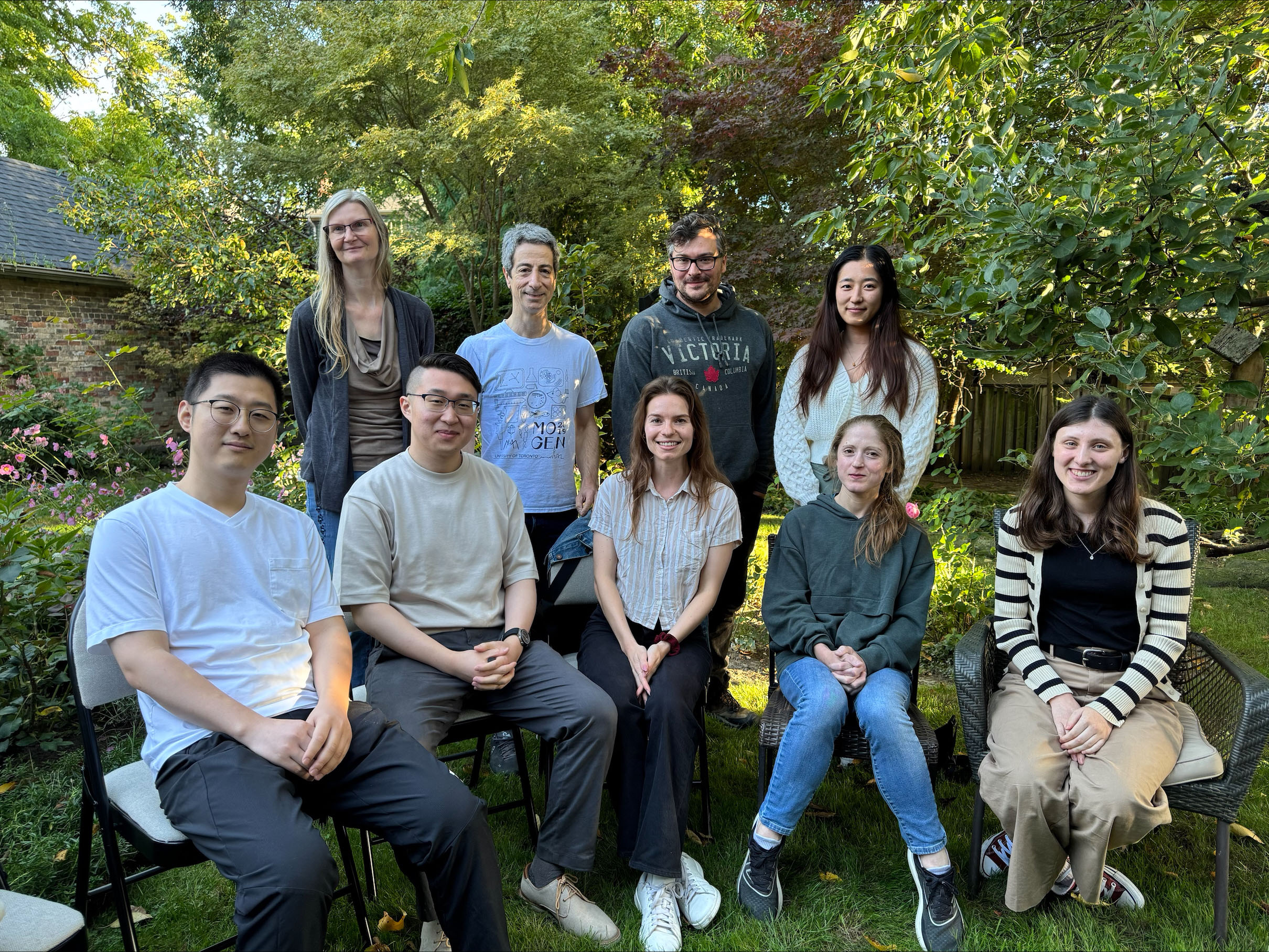In the embryo, many organs begin life as tiny, simple buds. They grow, change shape, and arrange multiple types of cells into complex patterns as they mature into functioning organs. The limbs, face, and heart are examples of organs for which form determines function. Amazing as it is, development remains quite mysterious.
Embryonic mechanisms that physically shape early organs (morphogenesis) set the stage for how well they work after birth. Therefore, studying morphogenesis is the key to understanding how birth differences arise and for designing regenerative or therapeutic strategies. Some of the rules that govern embryonic development go awry in diseases such as cancer, so new therapeutic ideas flow from this work.
Our lab is most interested in how embryonic organs are shaped during development. We currently focus on the limb and heart and work with other labs that have an interest in the face and skull, spine, gut, and lungs. In our lab, we discover previously unknown ways in which organs form and figure out how genes help to control their physical development.


